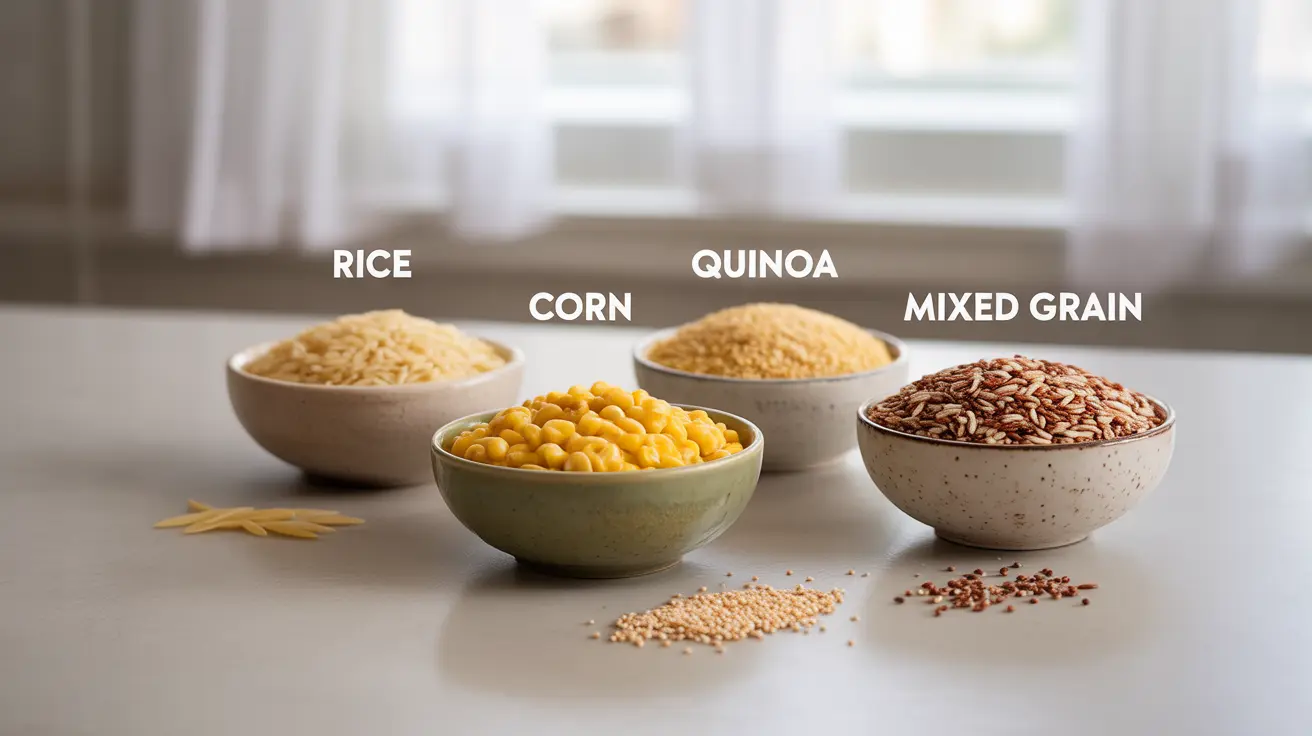For individuals following a gluten-free diet, understanding which pasta varieties are safe to eat is crucial. Orzo, a small pasta shaped like rice grains, is a popular ingredient in Mediterranean cuisine, but its gluten content and alternatives are important considerations for those with celiac disease or gluten sensitivity.
This comprehensive guide will explore traditional orzo's gluten content, available gluten-free alternatives, and how to enjoy this versatile pasta shape while maintaining a gluten-free lifestyle.
Traditional Orzo and Gluten Content
Traditional orzo is made from semolina flour, which comes from durum wheat. This means that conventional orzo contains significant amounts of gluten, making it unsuitable for people with celiac disease, non-celiac gluten sensitivity, or those following a gluten-free diet for other health reasons.
Gluten-Free Orzo Alternatives
Fortunately, several manufacturers now produce gluten-free orzo alternatives using various naturally gluten-free ingredients:
- Rice-based orzo
- Corn-based varieties
- Quinoa orzo
- Mixed grain alternatives (using combinations of gluten-free grains)
Safety and Certification
When choosing gluten-free orzo, look for products with certified gluten-free labels. These certifications ensure the product has been tested and contains less than 20 parts per million (ppm) of gluten, making them safe for people with celiac disease.
Taste and Texture Comparison
Gluten-free orzo alternatives offer different taste and texture profiles compared to traditional wheat-based orzo:
- Rice-based orzo tends to have a lighter, more delicate texture
- Corn-based varieties often provide a slightly sweet note
- Quinoa options offer additional protein and a nutty flavor
- Mixed grain alternatives can provide complex, interesting textures
Cooking Tips and Applications
Gluten-free orzo requires specific cooking techniques for the best results:
- Follow package instructions carefully, as cooking times may differ from traditional orzo
- Avoid overcooking to prevent mushy texture
- Rinse with cold water after cooking to prevent clumping
- Consider adding extra flavor through broths or seasonings
Popular Uses for Gluten-Free Orzo
Gluten-free orzo can be used in numerous dishes:
- Mediterranean-style salads
- Soups and broths
- Pilaf-style dishes
- Cold pasta salads
- Casseroles and baked dishes
Frequently Asked Questions
- Is traditional orzo pasta gluten free or does it contain wheat?
Traditional orzo is not gluten-free as it is made from wheat-based semolina flour. It contains significant amounts of gluten and is not safe for those with celiac disease or gluten sensitivity.
- What gluten-free alternatives to traditional orzo are available on the market?
There are several gluten-free orzo alternatives available, including varieties made from rice, corn, quinoa, and combinations of gluten-free grains. These products are specifically manufactured to provide safe options for those following gluten-free diets.
- Can people with celiac disease safely eat gluten-free orzo made from corn or rice?
Yes, people with celiac disease can safely consume gluten-free orzo made from corn or rice, provided it is certified gluten-free and manufactured in a facility that prevents cross-contamination with gluten-containing ingredients.
- How does gluten-free orzo compare in taste and texture to regular wheat-based orzo?
Gluten-free orzo typically has a slightly different texture and taste compared to traditional orzo. Rice-based versions are lighter and more delicate, while corn-based alternatives may have a slightly sweet taste. The texture can be similar but may be slightly more firm or grainy depending on the ingredients used.
- What are some popular recipes and uses for gluten-free orzo pasta?
Gluten-free orzo can be used in many dishes including Mediterranean salads, soups, pilaf-style dishes, cold pasta salads, and casseroles. It works well as a base for both hot and cold dishes and can be seasoned similarly to traditional orzo.




